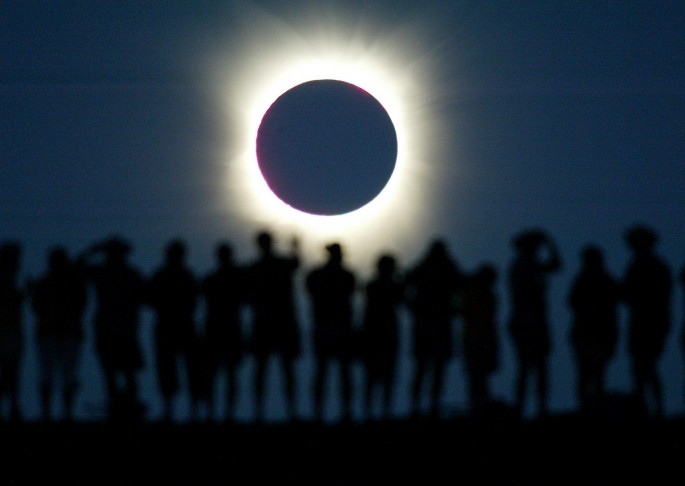The month of March will offer some spectacular views in the sky. Skygazers and astronomy enthusiasts must brace themselves to witness biggest total solar eclipse since 1999 on the day of equinox. Here is a guide to sky events occurring in the month of March 2015.
Full Moon: According to Seasky.org, Full moon will occur on March 5, 2015. The moon will be positioned directly opposite the Earth. The event will reach its peak at 18:06 UTC. This Full moon is also known as Worm Moon, Crow Moon, Crust Moon, Sap Moon and the Lenten Moon. According to Space.com, this is the "smallest Full Moon of 2015."
New Moon: The New Moon of March occurs on March 20. The event reaches its peak at 09:36 UTC. It is said to be the best time to observe the celestial objects in the galaxy as there is no moonlight.
Total Solar Eclipse: March 20 will also see the one of the deepest and the biggest total solar eclipse in almost six years. The path of the solar eclipse remains restricted to the North Atlantic and Arctic Oceans between Greenland and northern Russia.
The moon will be blocking the sun totally for those in Faroe Islands and Norwegian Island Svalbard. Habitants of northwest Scotland and London will also be able to observe the astronomical event. The eclipse begins at 7:41 UTC and ends at 11:50 UTC. The next total solar eclipse is expected to occur in 2026.
Enthusiasts are advised to not look straight into the sun. They must use special lenses to observe the event.
March Equinox: On the same day, the sun will cross the plane of the earth's equator moving towards the north. The day and night will be of equal length as it marks the beginning of spring in northern hemisphere and fall in southern hemisphere. The equinox peaks at 22:45 UTC.



























